
Why Asians Are Rushing to Grow This “Miracle Tree”: Heals Like Medicine, Sells Like Gold
Why Asians Are Rushing to Grow This “Miracle Tree”: Heals Like Medicine, Sells Like Gold — Don’t Miss Out on Malunggay
Across Asia, one humble plant is rapidly gaining superstar status. Known locally as Malunggay and scientifically as Moringa oleifera, this fast-growing tree is being praised as a natural remedy, a food supplement, and a surprisingly profitable crop. People are growing it in their backyards, farms, and even in pots — and for good reason.
With its unmatched nutritional content, disease-fighting properties, and rising demand on the international market, Malunggay is being called the “tree of life.” And now, anyone can grow it — even with little space or experience.
Why Malunggay Is a Must-Have Plant
Malunggay is packed with essential nutrients:
-
7x more Vitamin C than oranges
-
4x more Calcium than milk
-
3x more Potassium than bananas
-
2x more Protein than yogurt
It helps regulate blood sugar, boosts the immune system, promotes digestion, and is known to enhance breast milk production. It’s also being researched for its potential in cancer prevention and managing hypertension.
But what truly makes Malunggay exceptional is how easy it is to grow and maintain.
How to Grow Malunggay — Step-by-Step Guide
Option 1: Planting from Seeds
-
Choose the right spot: Malunggay loves full sun. Select a place with plenty of light and good drainage.
-
Prepare the soil: It grows well in sandy or loamy soil. Avoid areas where water collects easily.
-
Sow the seeds: Plant seeds about 1 inch (2.5 cm) deep. Space them 3–5 feet apart if planting multiple trees.
-
Water lightly: Water once a day for the first two weeks. Avoid overwatering; malunggay does not like soggy soil.
-
Watch it grow: Germination typically happens within 7–14 days. Once established, the tree grows rapidly.
Option 2: Growing from Cuttings
-
Take a healthy branch: Choose a mature branch (about 1–2 inches thick and 2–3 feet long).
-
Plant it directly: Insert one-third of the cutting into moist soil.
-
Support and water: Use stakes if necessary to hold it upright. Water every 2–3 days until roots develop.
Maintenance Tips
-
Prune regularly to encourage more leaf production and keep the tree at a manageable height.
-
Harvest leaves once the tree is at least 3–4 feet tall — usually after 2–3 months.
-
Dry or cook the leaves right after harvesting for best nutrition.
Economic Potential: More Than Just a Backyard Tree
Malunggay products are increasingly in demand. Dried leaves, capsules, teas, and oil are being sold locally and exported worldwide.
Farmers and home gardeners are turning malunggay into:
-
Dried leaf powder for health supplements
-
Herbal tea blends for detox and energy
-
Nutrient-rich cooking ingredients
-
High-value moringa oil used in skincare and cosmetics
Even a small garden with 3–5 trees can yield consistent, high-nutrition harvests and generate side income.
Final Thoughts
Whether you're after better health, food security, or a new income stream, malunggay is one of the best investments you can make in your garden. It's a medicinal powerhouse, a superfood, and a green goldmine — all in one.
Now is the time to plant this miracle tree. Because once you discover how easy and rewarding it is, you’ll wish you had started sooner.
Malunggay: Heal your body. Nourish your family. Grow your future.
News in the same category


The husband slapped his wife in front of his friends to show off — but her act of revenge left everyone shocked and speechless

10 Clever Ways to Reuse Lemon Seeds at Home
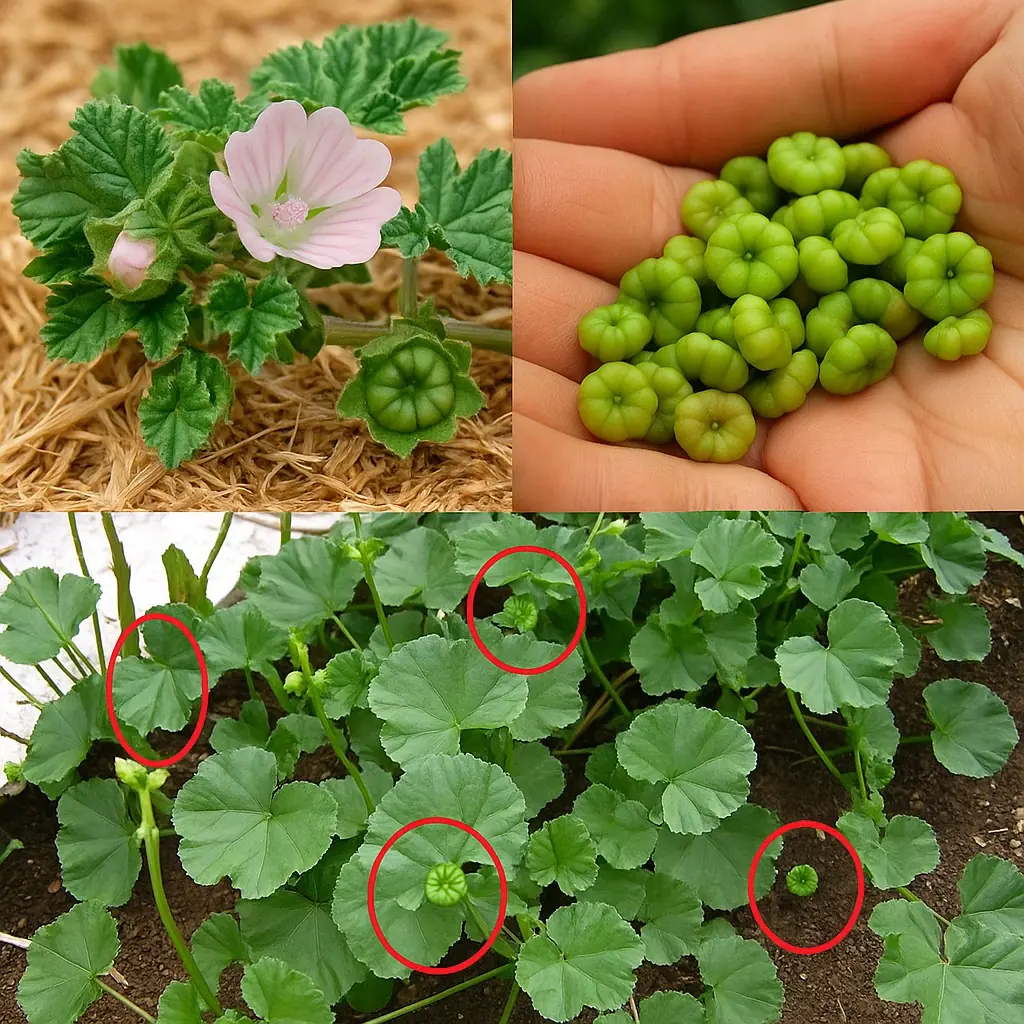
Unlocking the Secret Health Benefits of Common Mallow: Nature’s Wonder Herb for Wellness
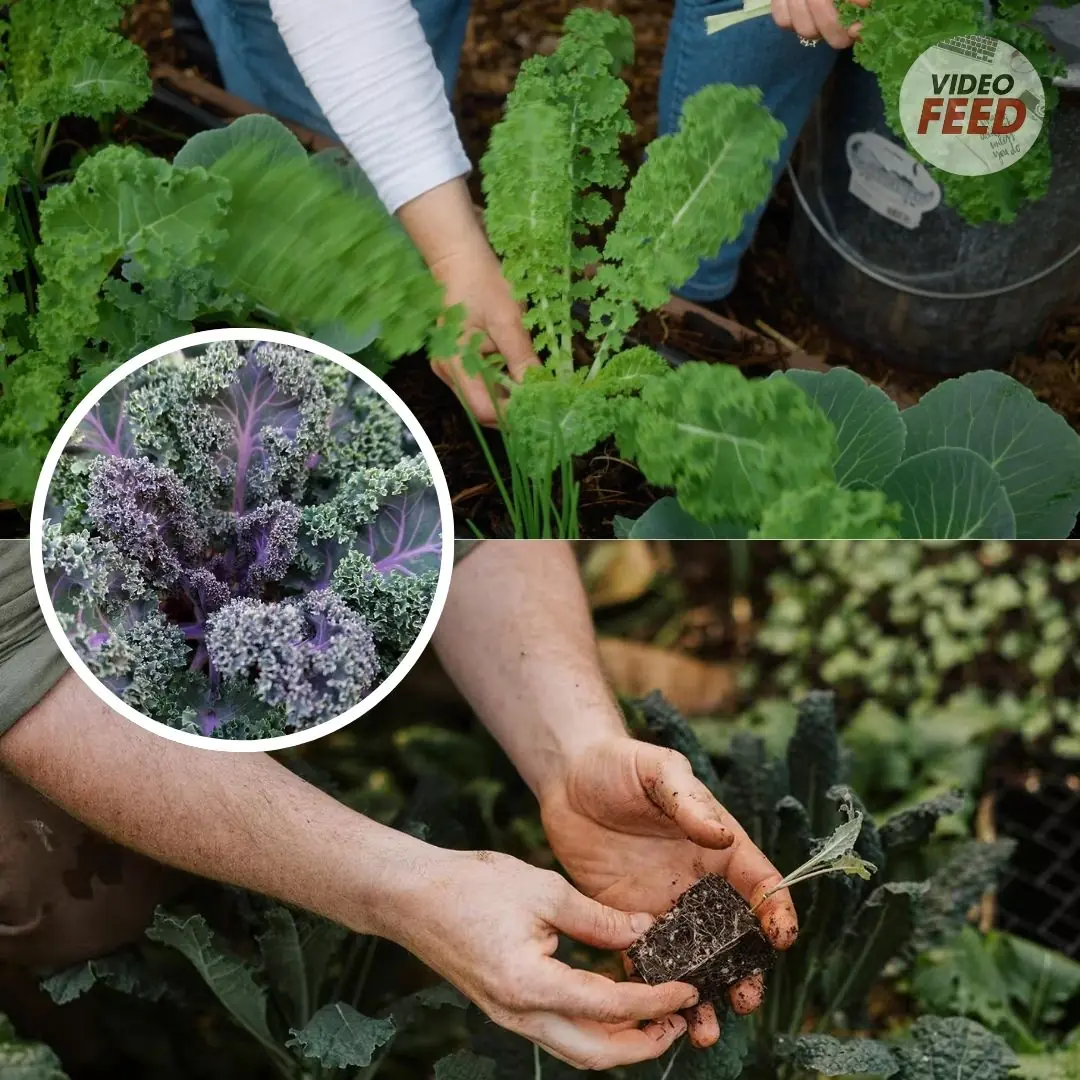
Growing Kale: Planting, Care, and Harvesting Tips
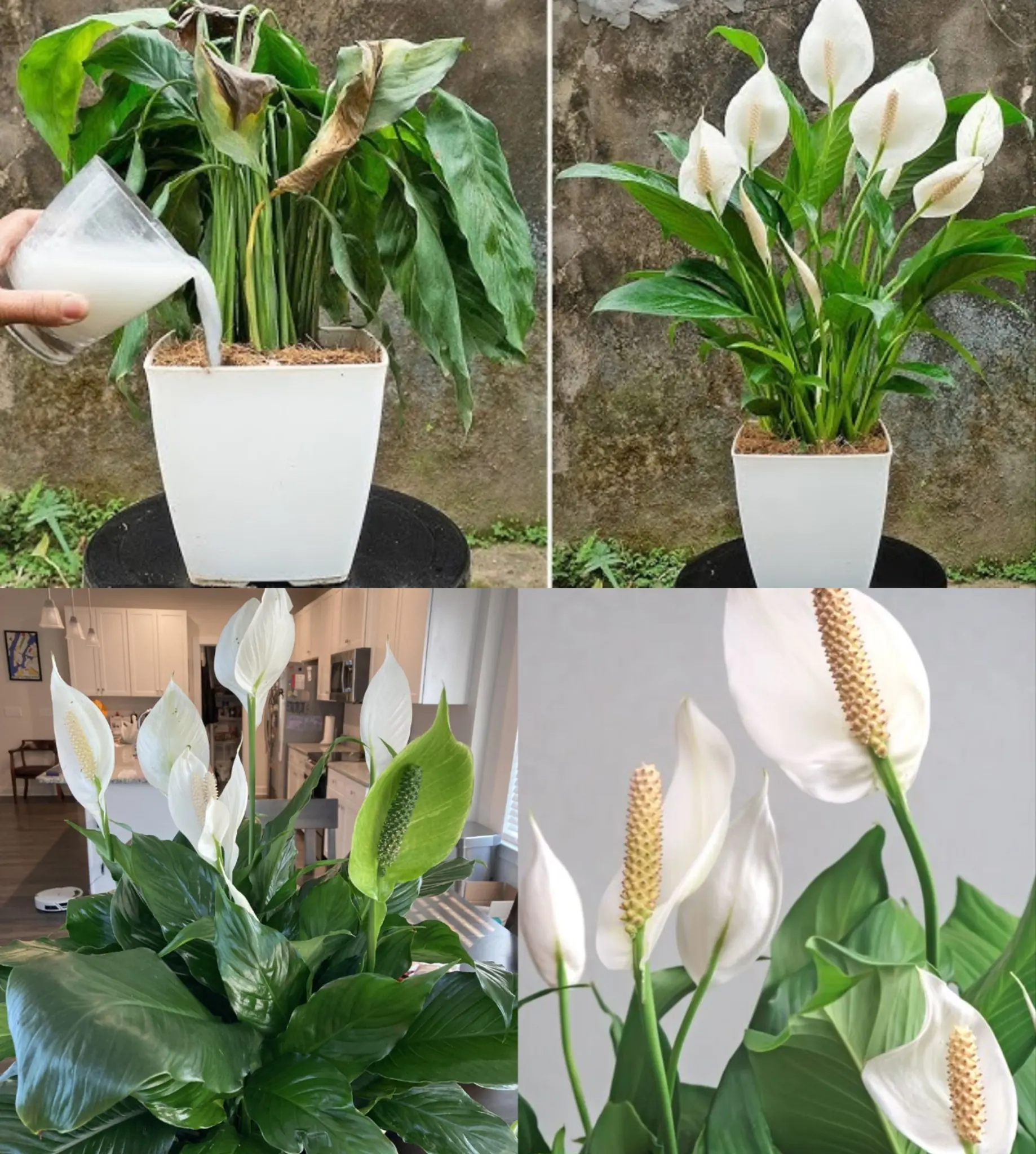
Just 1 Cup Makes Peace Lilies Bloom with So Many Flowers
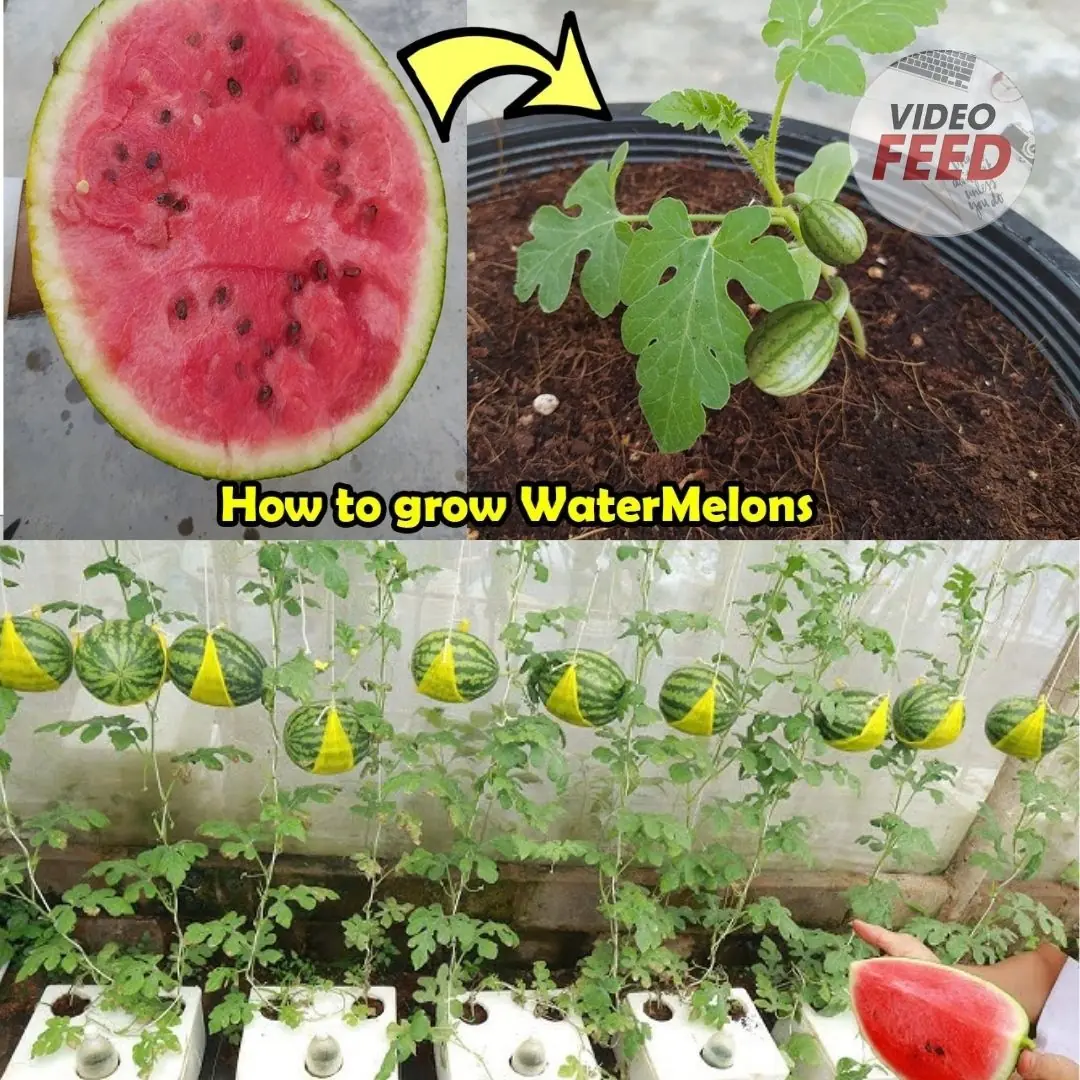
How to Grow Watermelons at Home: A Guide for Small Spaces & Balconies

How to Grow a Banana Tree at Home and Never Buy Bananas Again
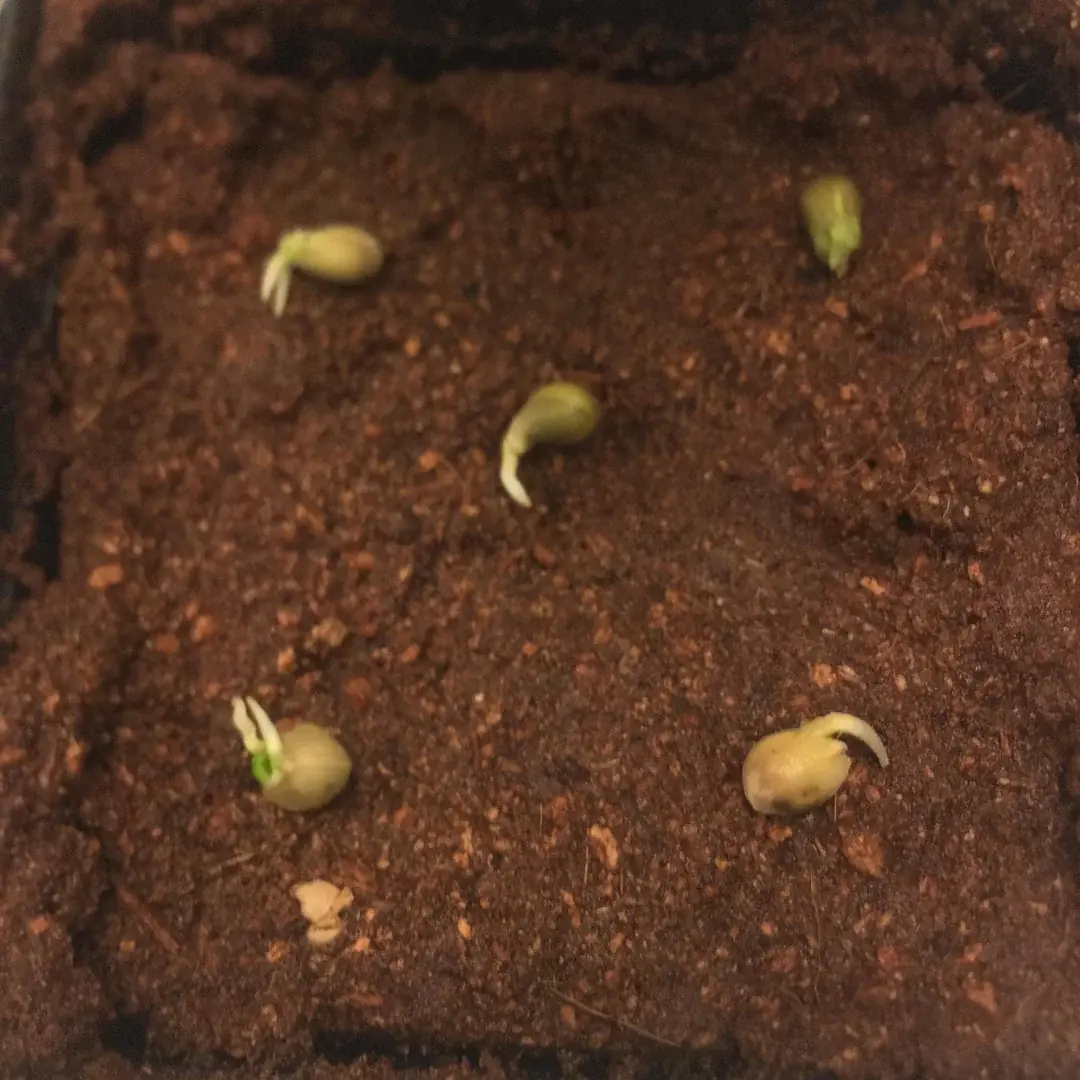
Here’s How to Grow Calamansi at Home — No Farm Needed

How to grow tulips indoors – a step-by-step guide to forcing these beautiful bulbs
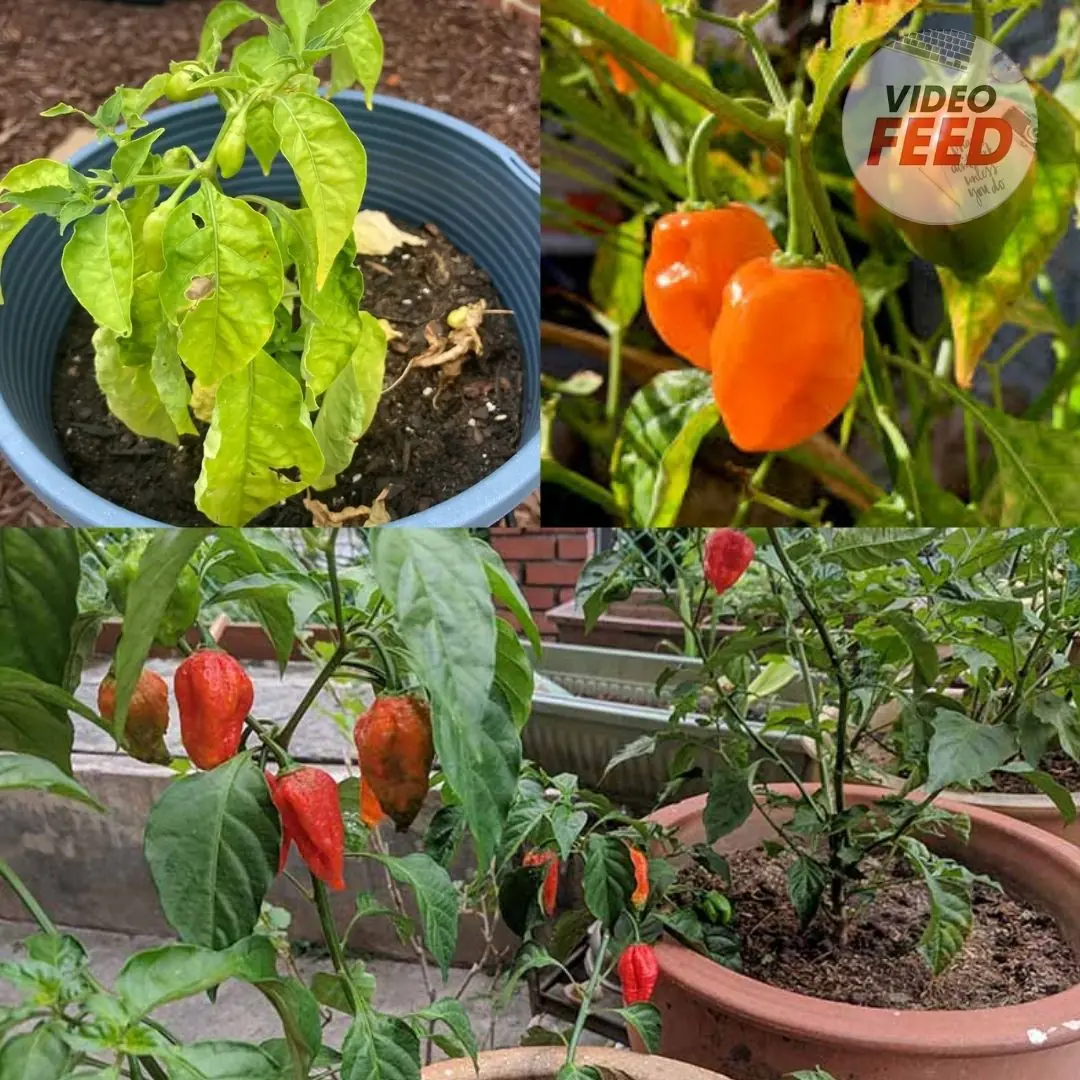
How to Grow Habanero Peppers in Pots

Grow These 5 Garden Beans This Summer

How to Grow and Care for Dieffenbachia
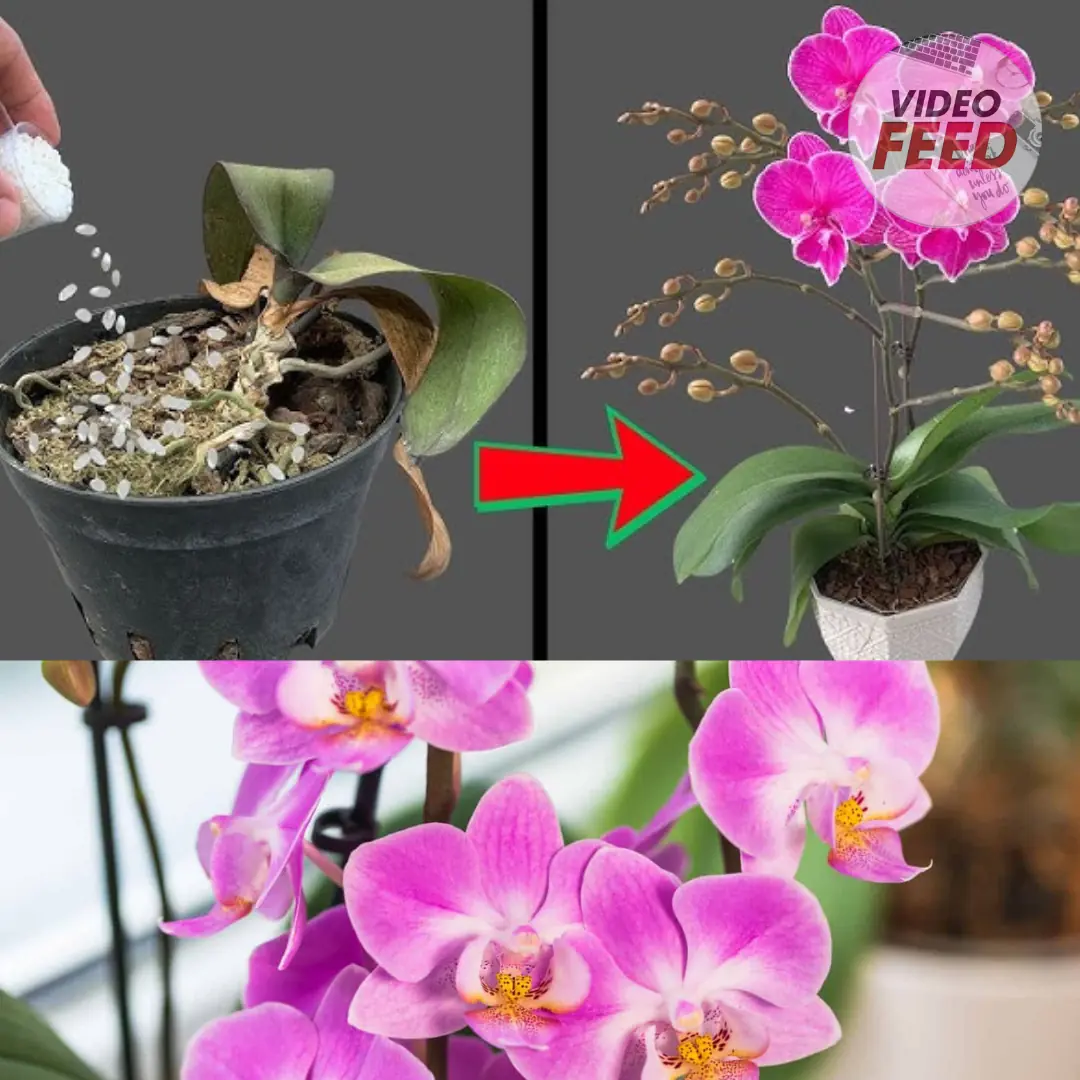
How to Grow and Care for Phalaenopsis Orchids Indoors
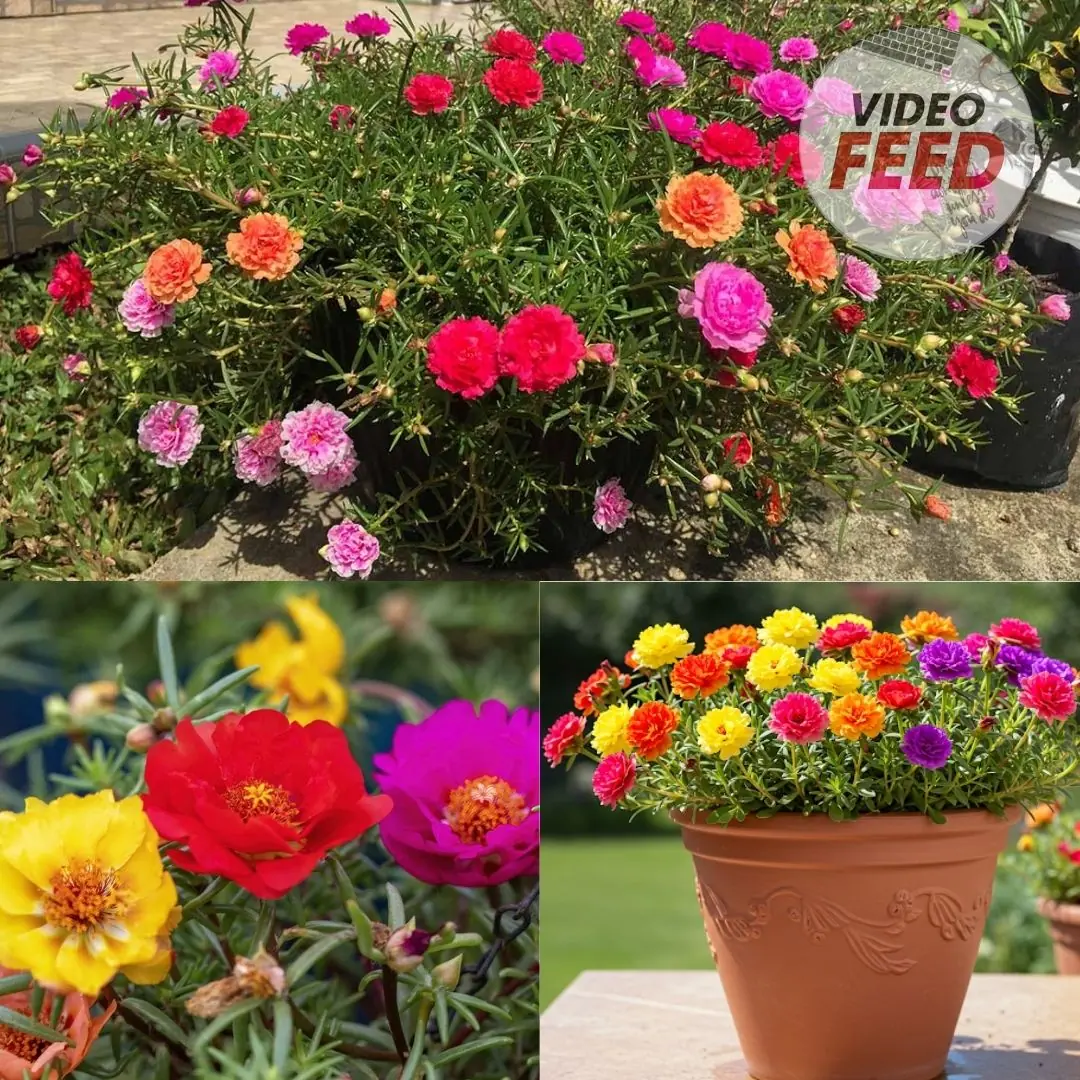
Portulaca in Pots: The Complete Guide to Growing Colorful & Drought-Tolerant Flowers Outdoors
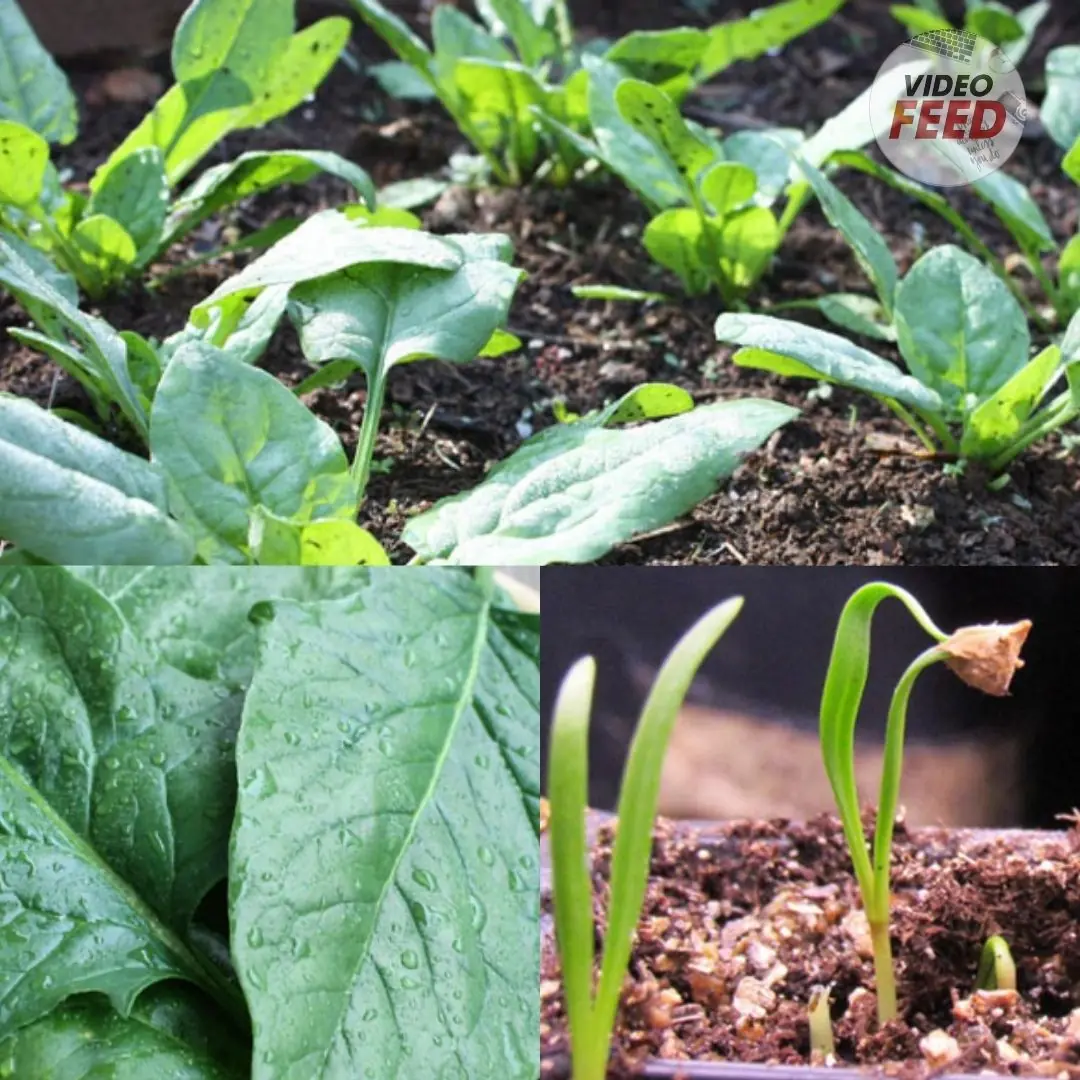
10 Tips for Growing Superb Spring Spinach
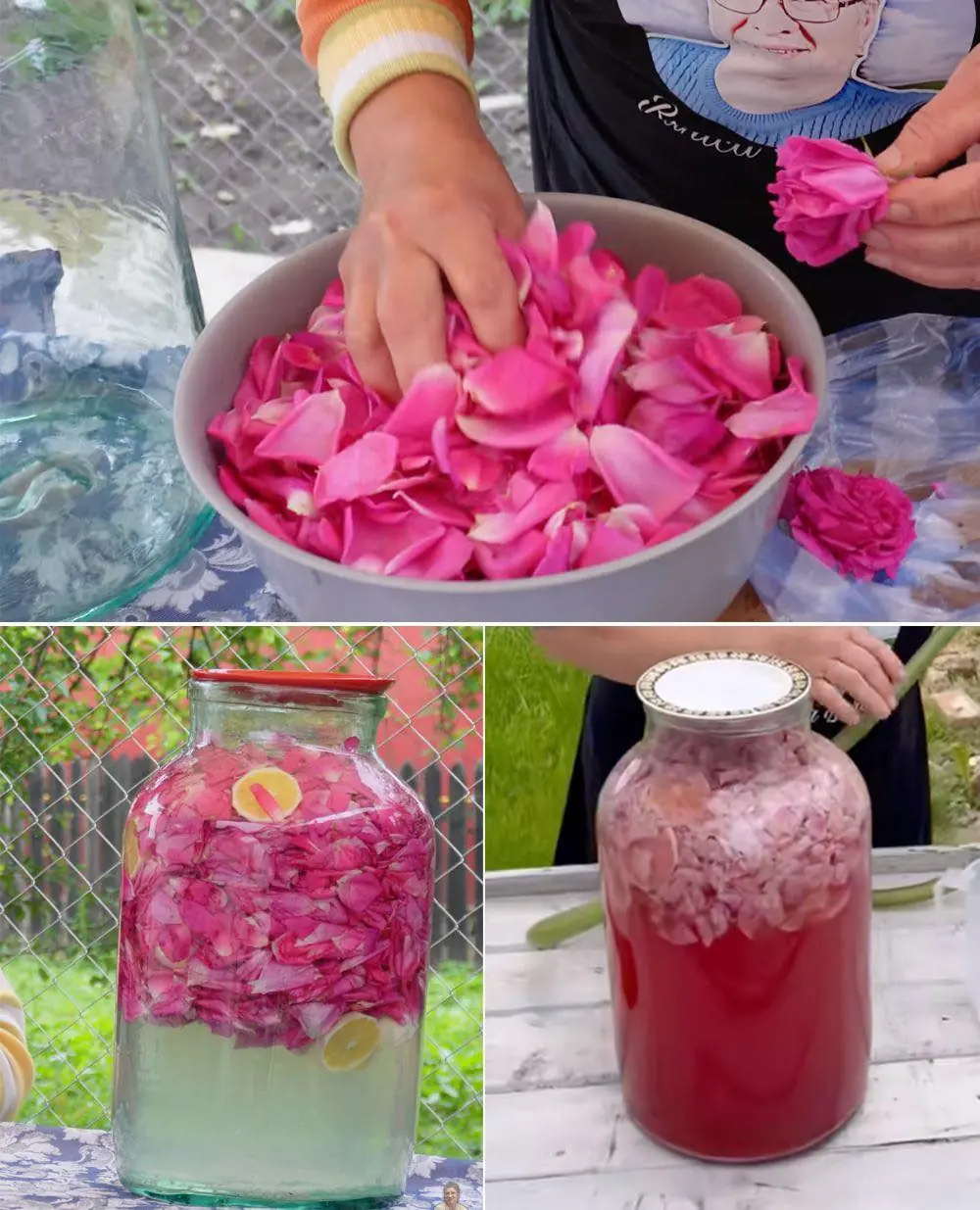
How to Make Rose Petal Lemonade – A Refreshing Homemade Drink
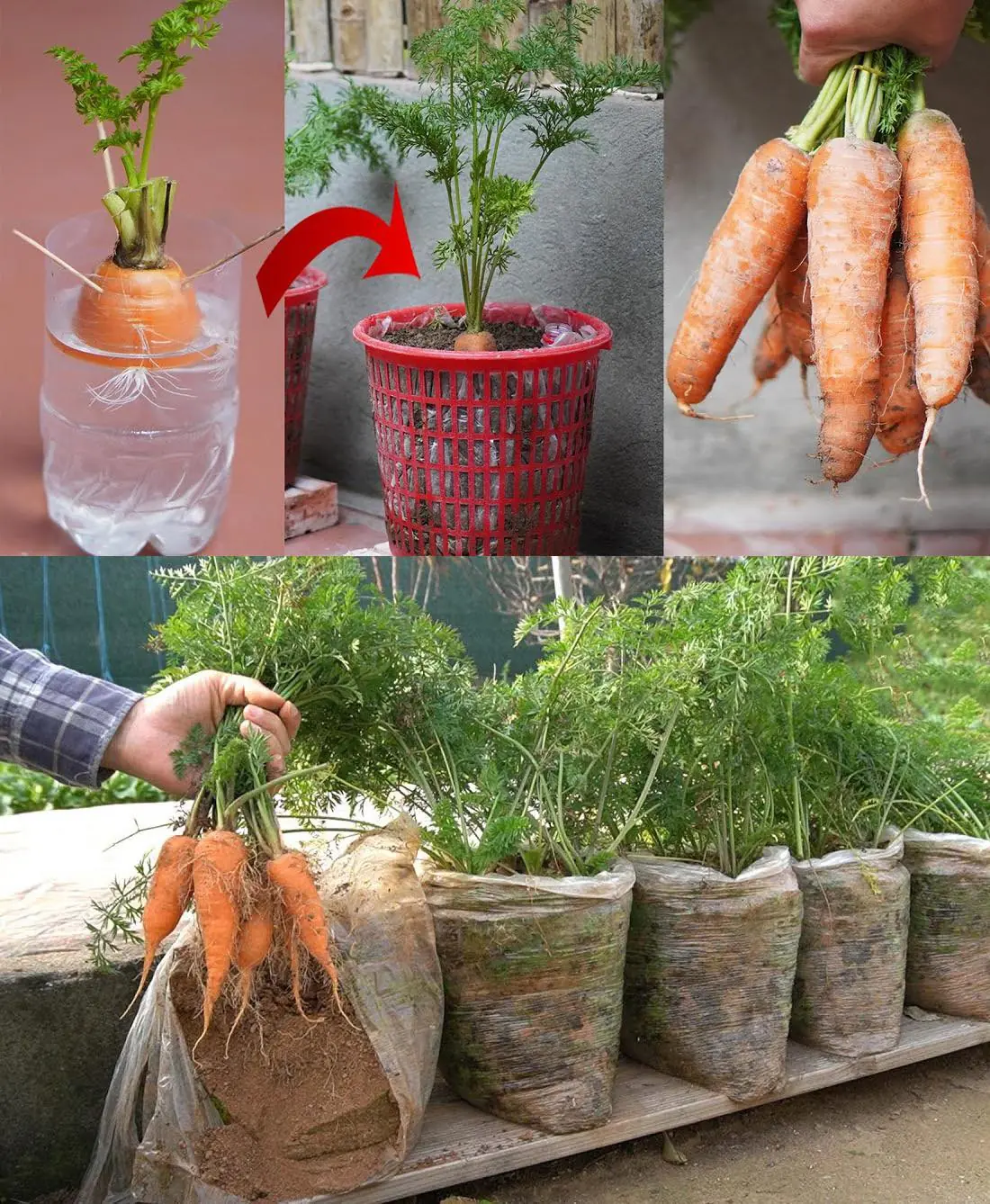
How to Grow Carrots at Home in Containers Starting with a Single Carrot
News Post

Always Throw a Water Bottle Under the Hotel Bed: A Flight Attendant Reveals Why

Drinking These 4 Common Beverages Could Be Harming Your Kid.neys
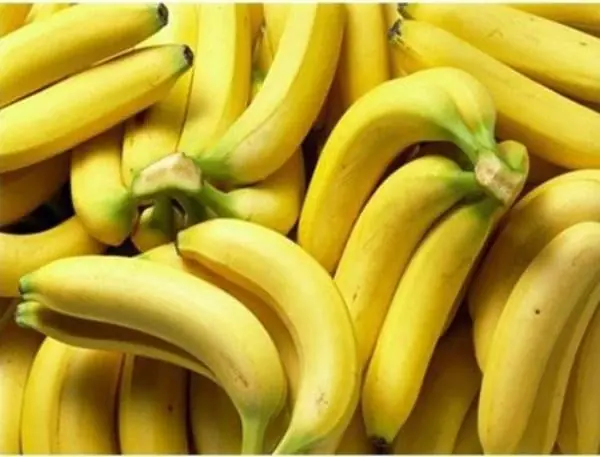
What a Daily Banana Could Mean for Your Blo.od Pressure?

When a Family Member Passes Away, Don’t Throw Away These 4 Important Things

Waking Up at Night to Urinate? Read This

A 14-Year-Old Girl Diagnosed with Colorectal Can.cer: Doctors Warn—It’s Better for Children to Skip Breakfast Than Eat These 4 Types

Every woman likes to be touched in these "3 places" on her body, especially the first place
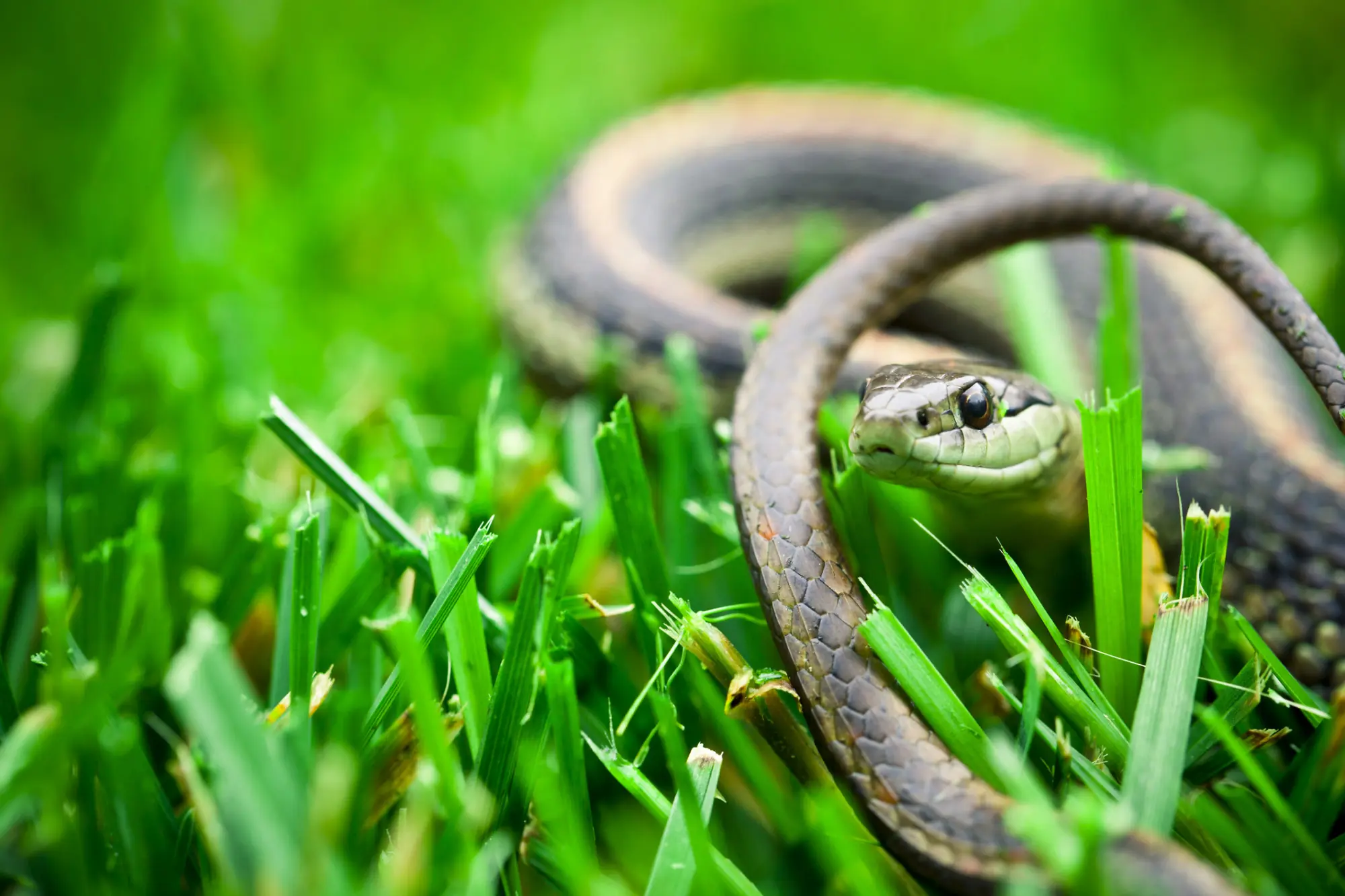
Plants That May Attract Snakes to Your Home: What You Should Know
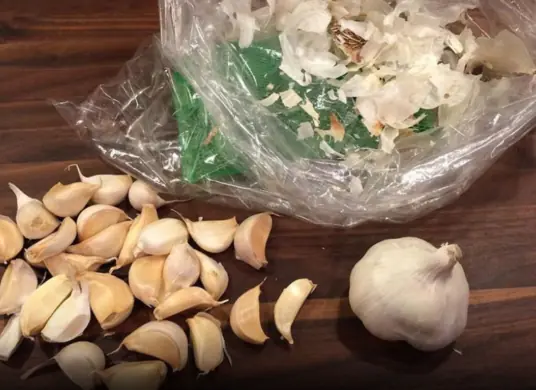
Garlic peels are not trash, don't rush to throw them away

Say Goodbye to Joint and Foot Pain with a Relaxing Rosemary Bath

If You See A Man With One Painted Fingernail, Here’s What It Means

Dog ticks bit 3 people in a family, 2 died: If you can't keep them clean, don't keep them, they're full of diseases

Don’t Ignore These 7 Early Heart Attack Warning Signs

Drink coconut water on an empty stomach for 7 days, kill 10 birds with one stone: it's a waste not to try it

8 Natural Remedies for Sinus Infections That Work Without Antibiotics

This One Superfood Could Tackle Major Health Issues—Here’s What You Need To Know

If You’re Farting More Than 25 Times a Day—It Might Be a Sign Your Body is Trying to Warn You

Preventing Stroke At Any Age: 3 “Don’ts” After Meals—And 4 “Don’ts” Before Bed

Why You Might See Unusual White Bumps On Your Lips Or Genitals
